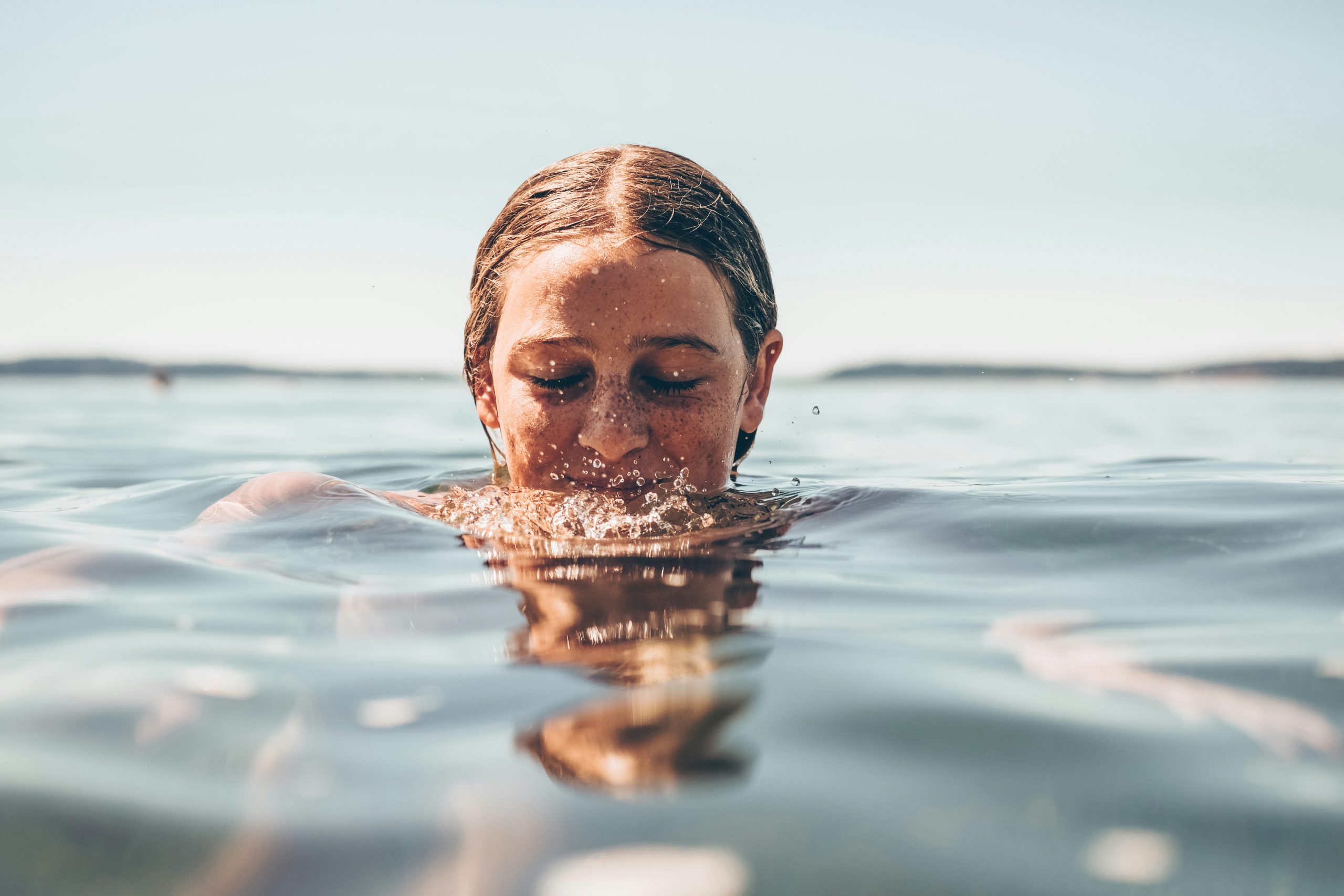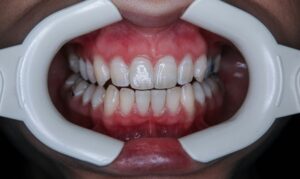The belief that you should wait at least 30 minutes to an hour after eating before swimming has been passed down for generations. The idea behind this advice is that swimming on a full stomach could lead to cramps, which could increase the risk of drowning. But how much truth is there to this claim? Is it actually unsafe to swim right after eating, or is it an old wives’ tale?
This article explores the origins of this common belief, the physiological effects of eating before swimming, and whether it’s safe to swim immediately after a meal.
1. The Origins of the Belief
The belief that you should avoid swimming immediately after eating likely stems from concerns about muscle cramps. The theory is that after a meal, blood flow is directed to the digestive system, reducing the blood available to your muscles. As a result, some believe this could lead to muscle cramps while swimming, potentially increasing the risk of drowning if the cramps are severe. Over time, this idea has been reinforced by parents and lifeguards, leading many to accept it as fact.
While the idea sounds plausible, there is little scientific evidence to support the notion that eating before swimming significantly increases the risk of cramps or drowning.
2. The Science Behind Digestion and Swimming
To understand whether it’s safe to swim after eating, it’s helpful to consider what happens to the body during digestion and physical activity.
Digestion and Blood Flow
After eating, your body directs more blood to the digestive system to help break down food and absorb nutrients. This process is known as postprandial blood flow. Some people believe that since more blood is directed toward digestion, less blood is available for the muscles during physical activity, which could lead to cramping.
However, the body is highly efficient at regulating blood flow. Even after a meal, there is still plenty of blood available to supply the muscles needed for physical activity, including swimming. In most cases, the body can manage both digestion and moderate physical exertion without any issues. For light to moderate swimming, this redistribution of blood flow is unlikely to cause significant problems.
Exercise and Muscle Cramps
While it’s true that muscle cramps can occur during physical activity, they are typically caused by factors such as dehydration, electrolyte imbalances, or overexertion, rather than digestion. Swimming is a full-body exercise, but it generally doesn’t require intense bursts of energy like sprinting or heavy lifting, especially if you are swimming at a relaxed pace. As a result, the likelihood of experiencing severe muscle cramps due to eating is relatively low for most swimmers.
Energy and Physical Activity
Eating before physical activity can provide the body with an energy boost, especially if the meal includes carbohydrates. Carbs are broken down into glucose, the body’s primary source of energy during exercise. A light meal or snack before swimming can help maintain energy levels, particularly during prolonged or strenuous swimming sessions. In contrast, skipping meals or swimming on an empty stomach can lead to low blood sugar (hypoglycemia), causing dizziness, fatigue, or weakness.
3. Is It Safe to Swim Right After Eating?
In general, it is safe to swim after eating, especially if the meal was light and you are swimming at a moderate or relaxed pace. Most people will not experience significant issues swimming after eating, and the risk of cramping due to digestion is minimal for the majority of swimmers.
However, there are a few factors to consider when deciding whether to swim immediately after a meal:
The Size of the Meal
The size and type of meal you’ve eaten can affect how your body feels during physical activity. After a large or heavy meal, your body may divert more energy toward digestion, which could make you feel sluggish or uncomfortable. In such cases, it may be best to wait 30-60 minutes before swimming to give your body some time to digest the meal.
On the other hand, if you’ve had a light snack or a small meal, it’s generally safe to swim right away. Light meals with easily digestible foods, such as fruits, vegetables, whole grains, and lean proteins, are less likely to cause discomfort or interfere with swimming.
Intensity of Swimming
The intensity of your swimming session also plays a role. If you plan to swim at a relaxed pace or engage in light water activities, you’re less likely to experience discomfort or cramps after eating. However, if you’re planning a high-intensity swim workout or competitive swim, you may want to give your body more time to digest, as vigorous exercise on a full stomach could cause nausea or discomfort.
Personal Sensitivity
Some people may experience mild discomfort, bloating, or nausea when swimming on a full stomach. If you are prone to indigestion or feel uncomfortable exercising after eating, it’s best to listen to your body and wait until you feel ready. Everyone’s digestive system reacts differently to food and exercise, so it’s important to pay attention to how your body responds.
4. What About Alcohol and Swimming?
While it’s generally safe to swim after eating, swimming after consuming alcohol is a different story. Alcohol impairs coordination, judgment, and reaction time, which can increase the risk of accidents and drowning, even for experienced swimmers. Alcohol also affects the body’s ability to regulate temperature, which can lead to hypothermia in cold water.
For safety, it’s best to avoid swimming after drinking alcohol, as the risk of injury or drowning is significantly higher. Always swim sober and ensure that any activities near water are conducted responsibly.
5. When to Wait Before Swimming
While swimming after eating is generally safe, there are situations where waiting before swimming might be a good idea:
After a Large Meal
If you’ve consumed a large, heavy meal—particularly one that’s high in fat or rich in complex carbohydrates—your body will need more energy to digest it. In such cases, you may feel sluggish or uncomfortable while swimming, so it’s best to wait 30-60 minutes before engaging in physical activity.
If You Feel Nauseous or Bloated
If you experience nausea, bloating, or indigestion after eating, it may be best to wait until those feelings subside before swimming. Physical activity can sometimes exacerbate digestive discomfort, so listening to your body’s signals is essential.
Vigorous Swimming
If you plan on doing a strenuous swim workout or racing, you may want to allow some digestion time after eating to avoid discomfort or nausea. High-intensity exercise can be more challenging on a full stomach, so waiting 30-60 minutes is advisable in these cases.
Conclusion
The myth that you should wait at least 30 minutes to an hour after eating before swimming is largely unfounded. For most people, it is perfectly safe to swim immediately after eating, especially if you’ve had a light meal or snack and plan to swim at a moderate pace. While muscle cramps can occur during exercise, they are generally caused by dehydration, overexertion, or electrolyte imbalances, not by eating before swimming.
However, the size of the meal, the intensity of the swim, and individual sensitivity to exercise after eating are all important factors to consider. After a large or heavy meal, waiting 30-60 minutes before swimming may help prevent discomfort or sluggishness. If you experience nausea or bloating after eating, it’s best to listen to your body and wait until you feel more comfortable.
In summary, swimming after eating is safe for most people, as long as you take your personal comfort and the intensity of the swim into account.




